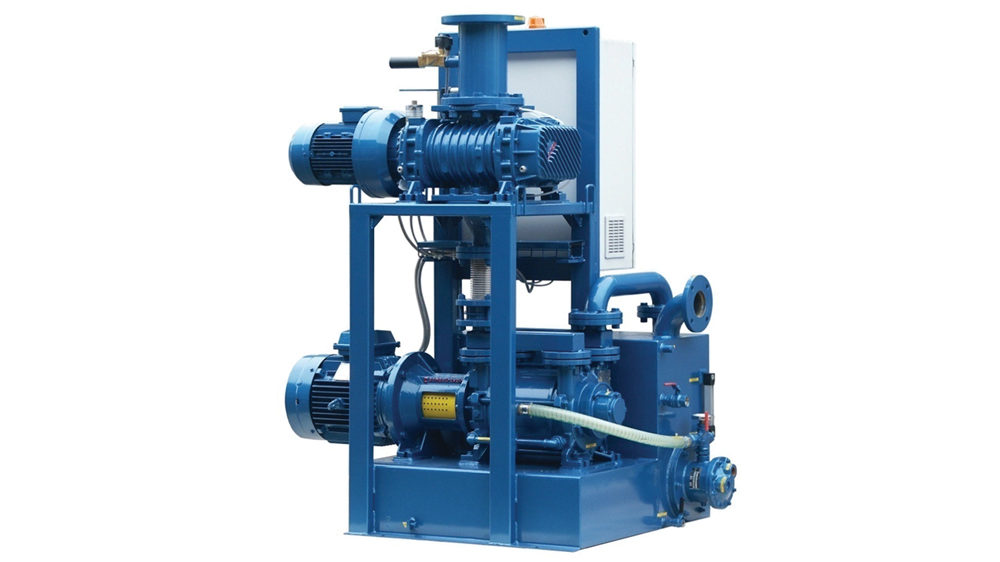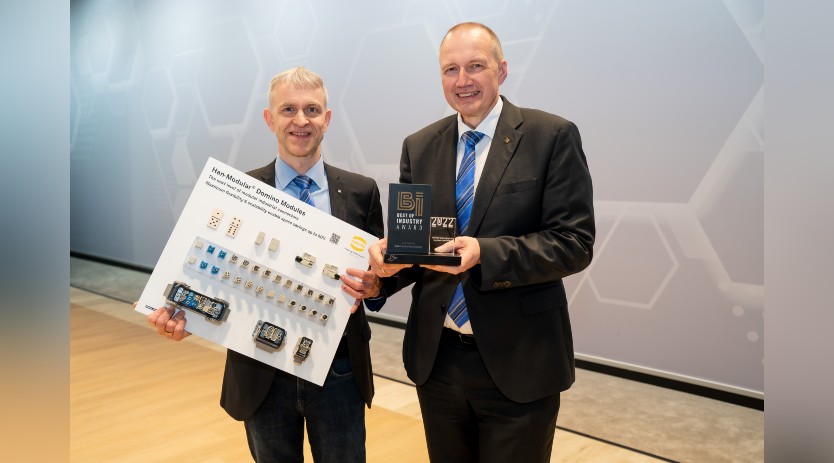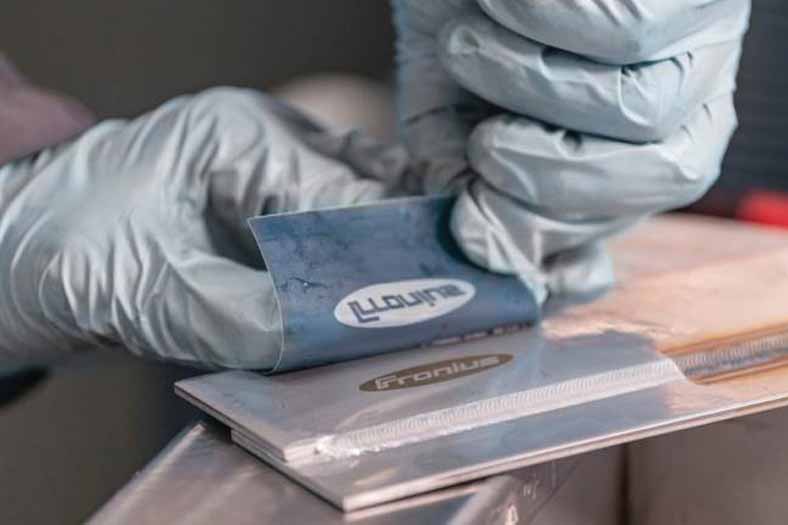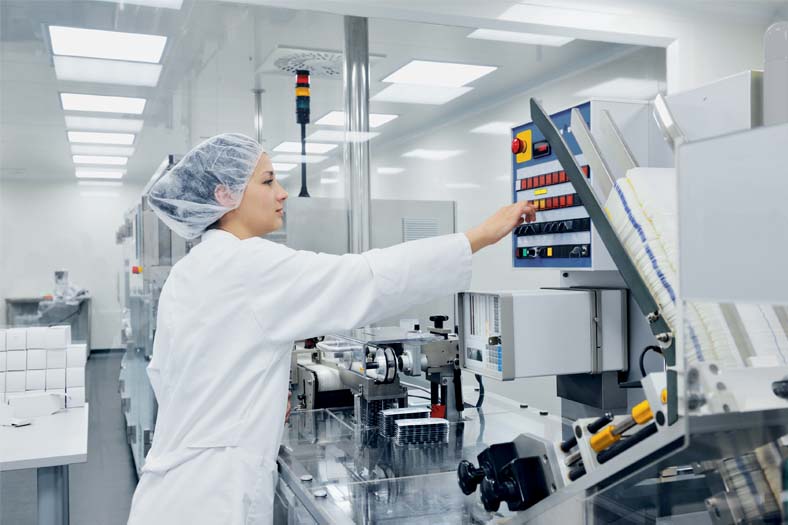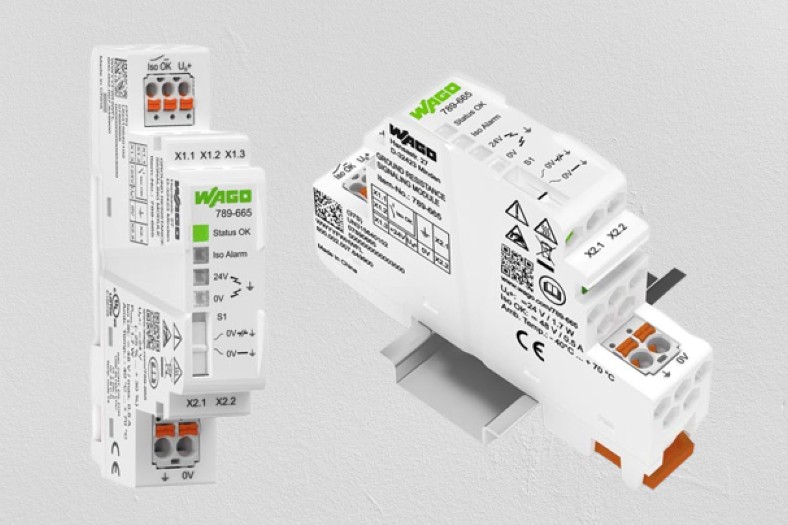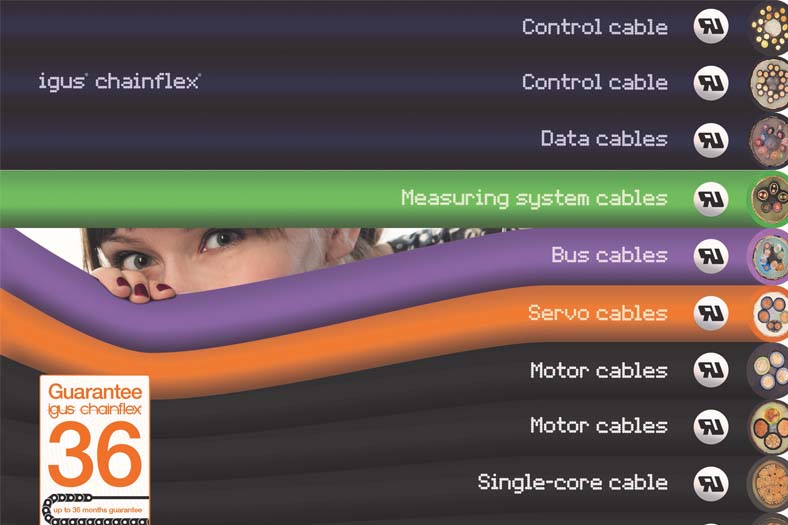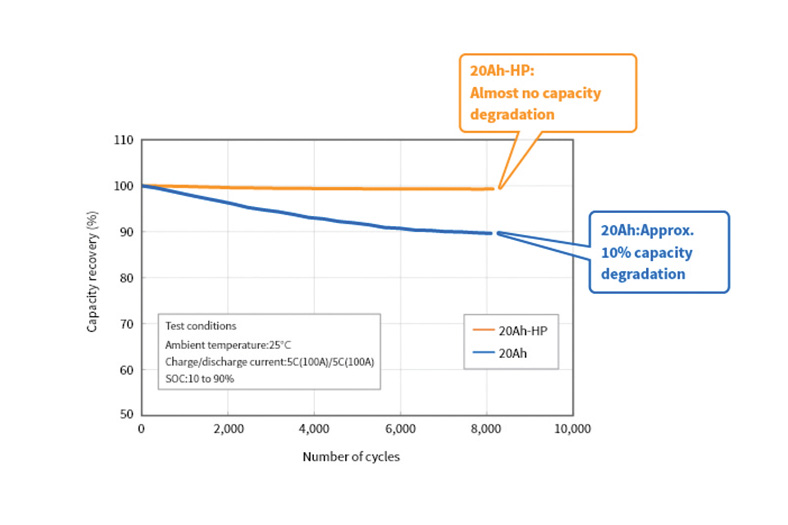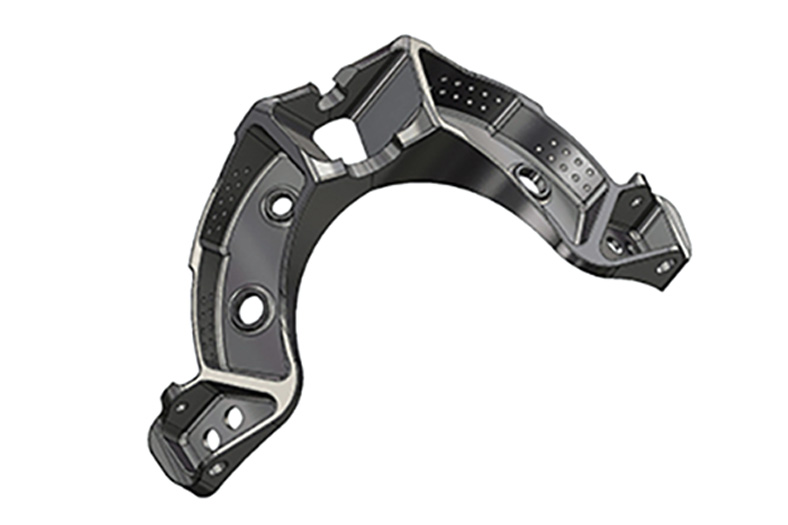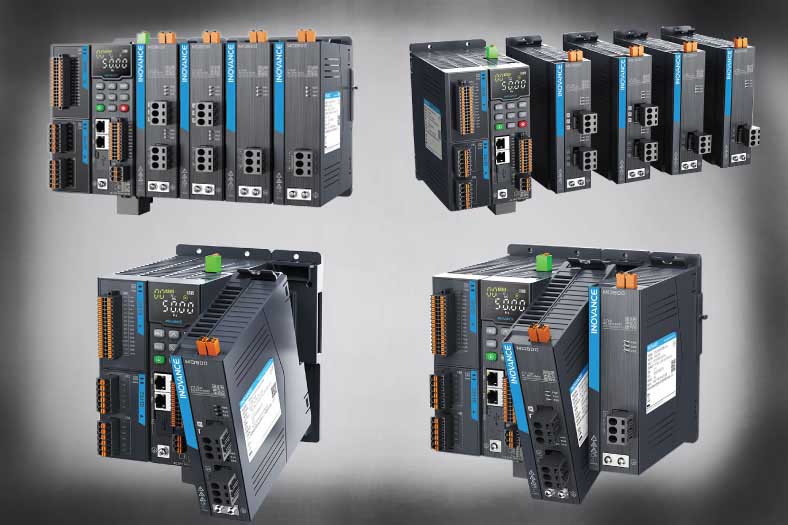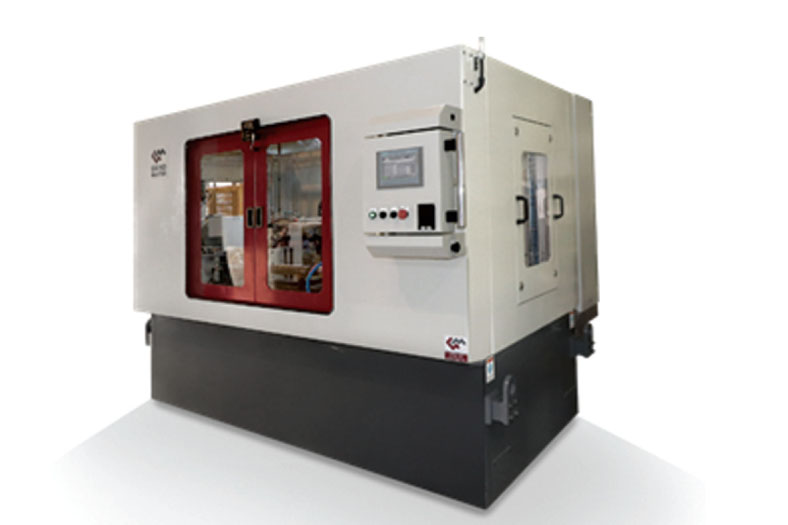Liquid ring vacuum pump vexations
October 8, 2018 2:46 pm
Toshniwal’s liquid ring vacuum pump (LRVP) repeatedly tripped during high pressure, high flow conditions at start-up. Though the pump started working, it was noisy. On inspection, it was noticed that the pump was installed backwards. After reversing the direction of the pump, the motor became extremely hot and gave out low vacuum.
We’re operating at 300 torr with water. Why did this happen?
Solutions
Installing and operating a LRVP backwards will severely impact its operation. Since the vapour inlet port is several times larger than the outlet port, the smaller discharge port will cause a restriction and impede the flow of vapours into the LRVP. The resulting turbulence will create unusual noises.
The high motor temperature indicates high horsepower draw. Ampere readings can be taken off the motor leads to verify the approximate horsepower draw.
High draw is often the result of:
• High discharge pressure.
• Mechanical problems such as a bad bearing, foreign object or product buildup inside the machine.
• High seal liquid flow rate.
Verify whether the discharge pressure is within design by checking the pressure at the separator vessel. Check the pressure during start-up, as the higher mass flow rates can result in high pressure downstream of the LRVP.
To check internal mechanical problems without disassembly of the LRVP, remove the coupling and rotate the pump by hand. Check for severe binding or scraping, or other problems. Some scraping, especially if you can still rotate the pump by hand, is not unusual and can be ignored. However, a stainless pump can’t tolerate any scraping. If stainless, have the pump repaired immediately If the above checks are okay, you may have too high a seal flow rate. Install a regulating valve, compound pressure gauge (or better yet a flow meter) and temperature gauge in the seal liquid piping near its entrance into the LRVP. Compare your readings against the manufacturer’s recommendations.
If necessary, throttle back the seal liquid flow and you should see improvement in the power draw. As a final check, look at the temperature rise of the seal liquid. Compare the seal liquid inlet with the LRVP discharge. A temperature rise of 10-15*Fisty pical. Readings well outside these values should be further investigated.“ Is the pump shot?” Once the horse power issue is solved, you can concentrate on performance. However, more information is needed. How does the operating level of 300 torr compare to design? How does the mass flow rate from your process compare to design? Is the process load constant or does it change during operation? How accurate is the pressure gauge that is being used? Very important and often overlooked: the pressure gauge must be an absolute pressure gauge, and must be recently calibrated.
If the mass flow rate from the process can’t be measured, can the non-condensable flow rate be measured downstream of the LRVP, perhaps by adding a rota meter at the separator discharge? Do this in a manner that the rota meter is only used to check capacity, as hard piping it can lead to backpressure, especially during startup.
Finally, an offline capacity test can be performed. Disconnect the LRVP suction from the processs and run a dry air test using an appropriately sized set of orifices. Compare the test results to the book performance curve to evaluate the condition of the LRVP.
Cookie Consent
We use cookies to personalize your experience. By continuing to visit this website you agree to our Terms & Conditions, Privacy Policy and Cookie Policy.



